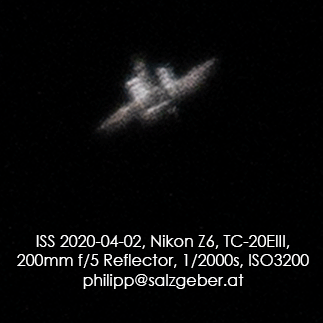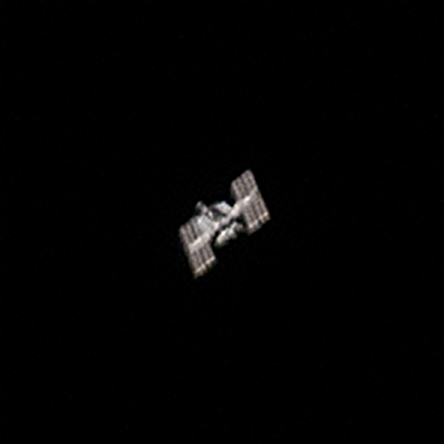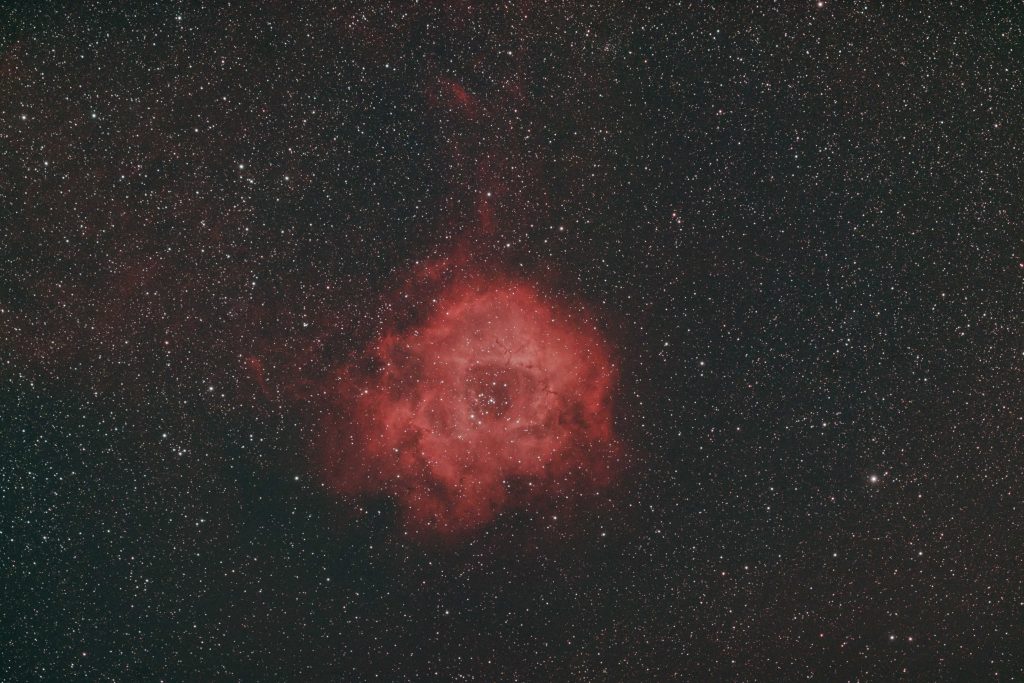
The Rosette nebula is a large and relatively bright emission nebula in the constellation Monoceros. Various parts of the nebula have separate NGC numbers and the embedded star cluster itself is NGC2244
Read More
The Rosette nebula is a large and relatively bright emission nebula in the constellation Monoceros. Various parts of the nebula have separate NGC numbers and the embedded star cluster itself is NGC2244
Read More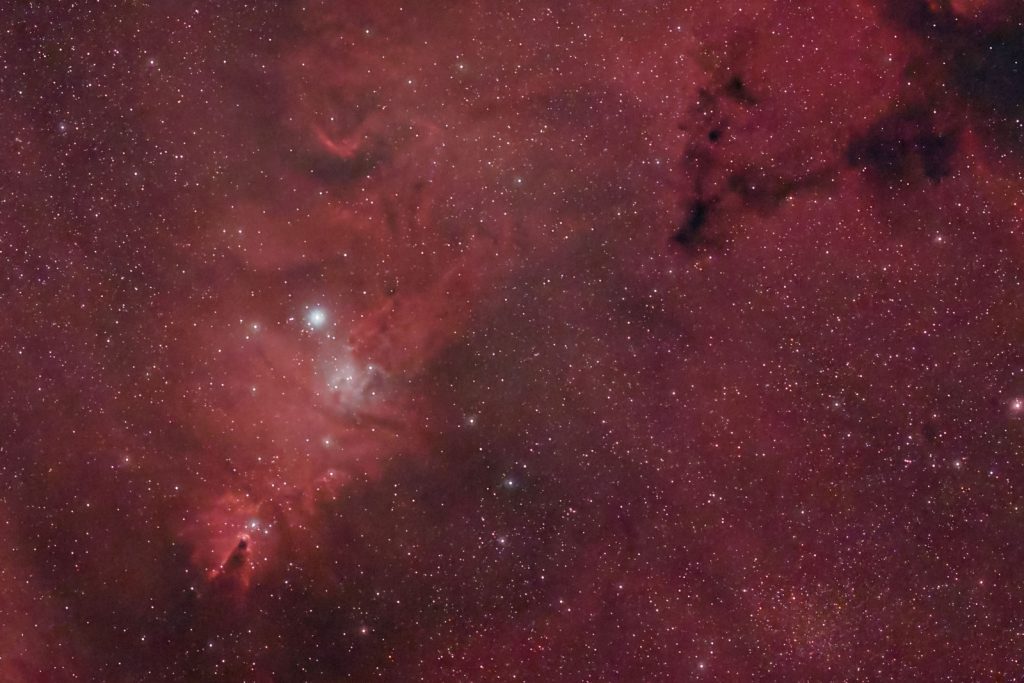
During the last weeks southerly winds brought warm weather and Sahara dust to our skies. On Thursday the dust had settled enough to make the night clear enough to set up the small refractor again.
Read MoreThis december Jupiter and Saturns position in the sky are very close. This is a very rare event. I hiked above the fog to capture it before clouds rolled in for the next few days.
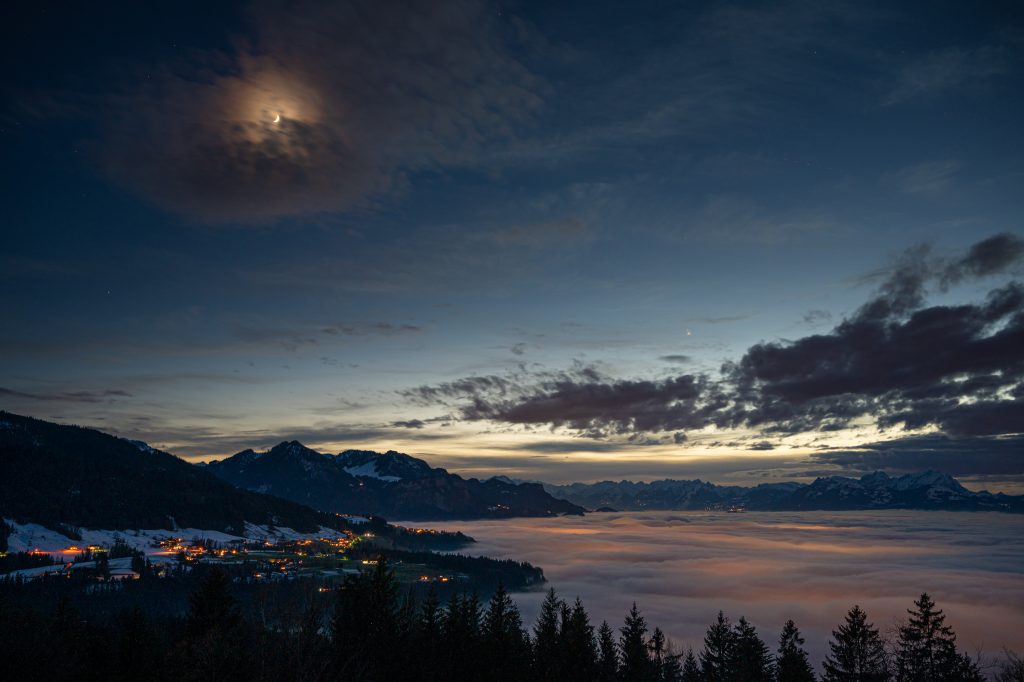
Surprisingly tonight the sky was reasonably clear, so I set up the Vixen Polarie with the Takahashi FS-60CB on top.
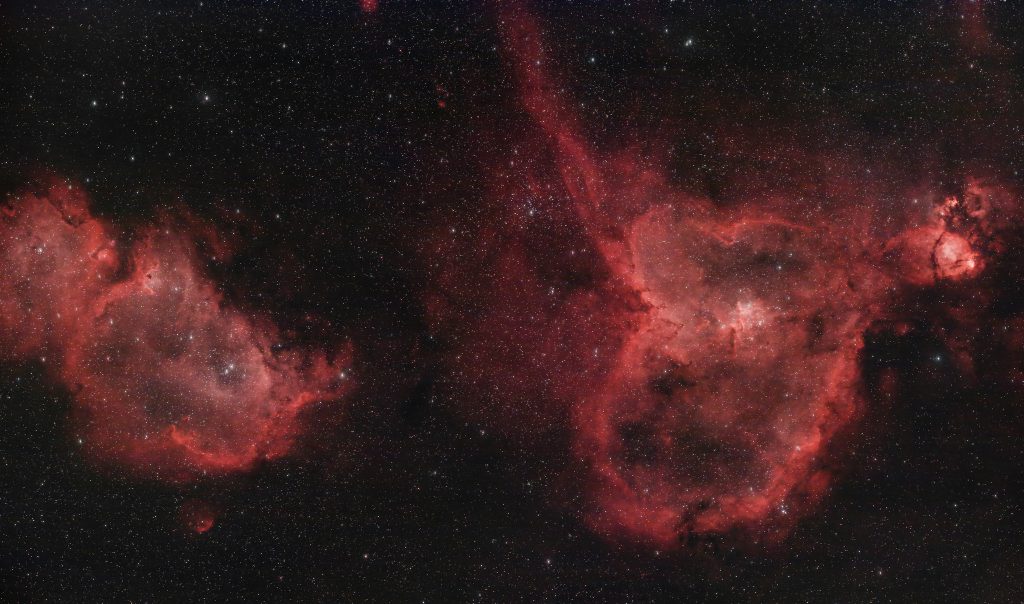
With the Z6 now my main camera for general photography I sent of my trusty Nikon D750 to modify it by filter removal. The camera is now still fully functional, but he color temperature settings are off, and red response has changed significantly. With the ongoing bad weather I was happy to have an evening with reasonably clear skies and set up the Baby Tak on the Vixen Polarie with the D750a using an L-enhance filter. While the camera capturing 30s exposures I used another scope on the big mount to photograph Mars.
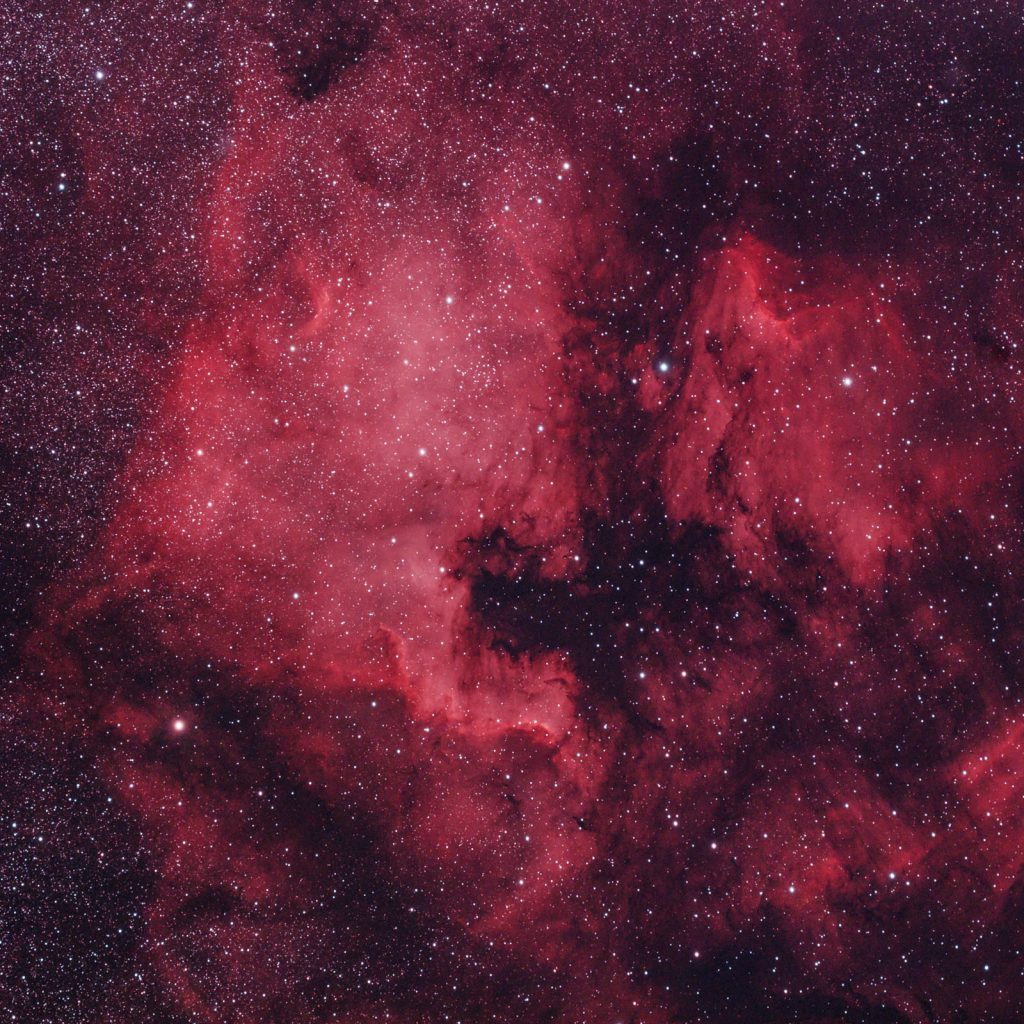
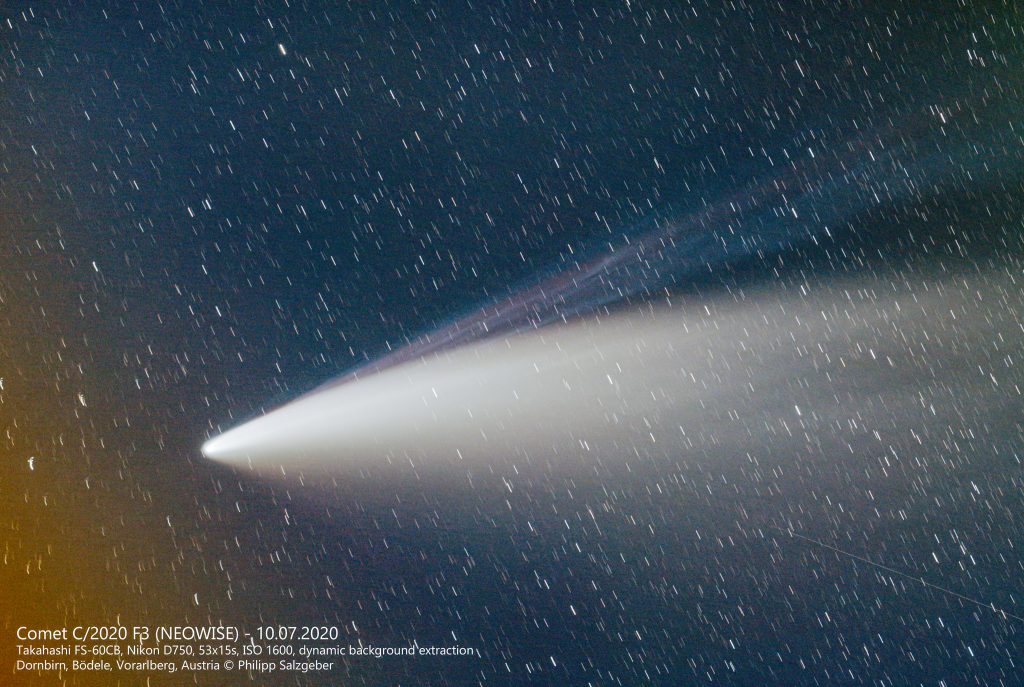
M16 has become famous with the famous image of the Hubble telescope showing the pillars of creation. They are also visible in the center of the image below.
This was a first, quick test with the 0,75x reducer (27TVPH) – but I think focus was not good, so my judgement about the quality of the image the focuser delivers is not final yet.
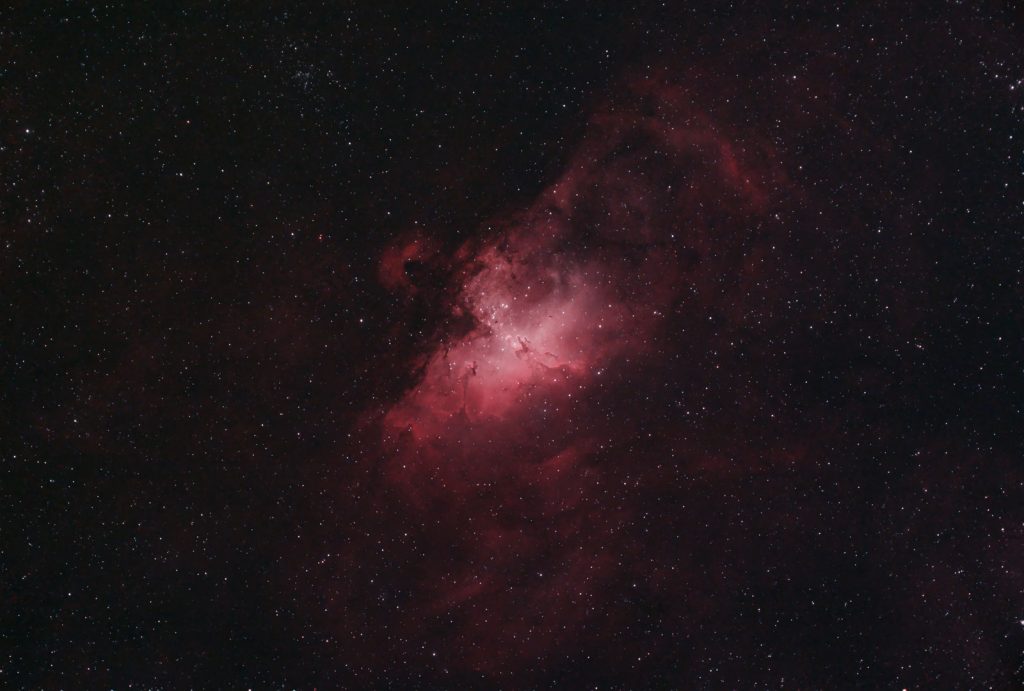
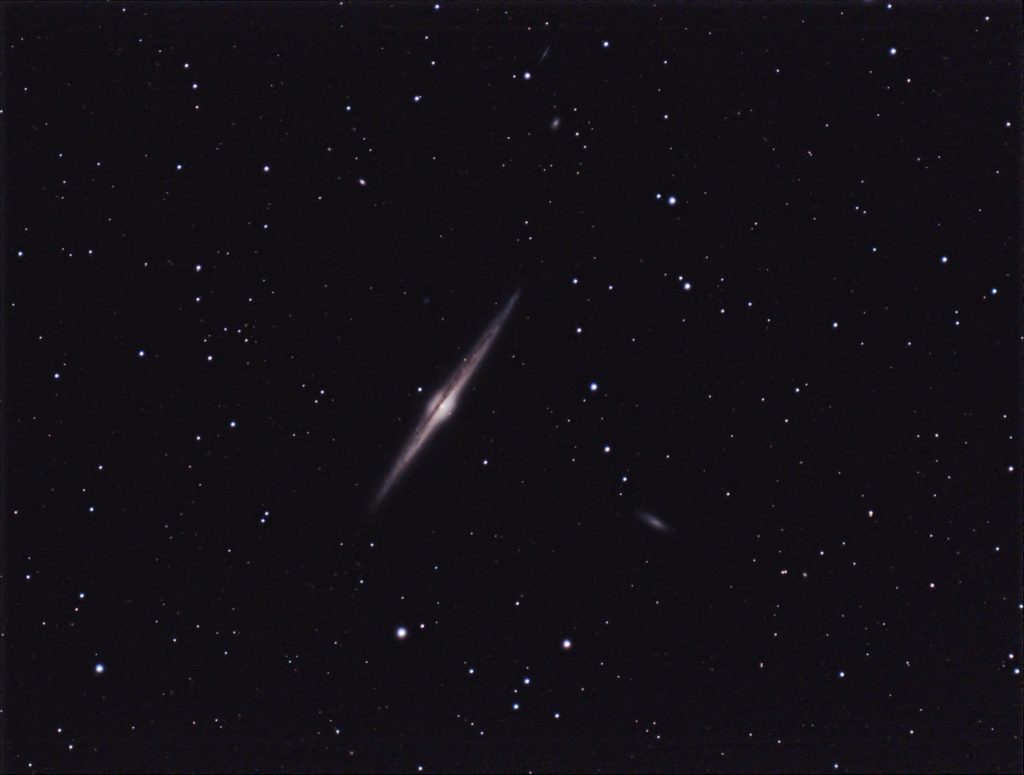
I find edge-on galaxies especially pleasing, I guess this is the reason while I return to NGC4565 so often.
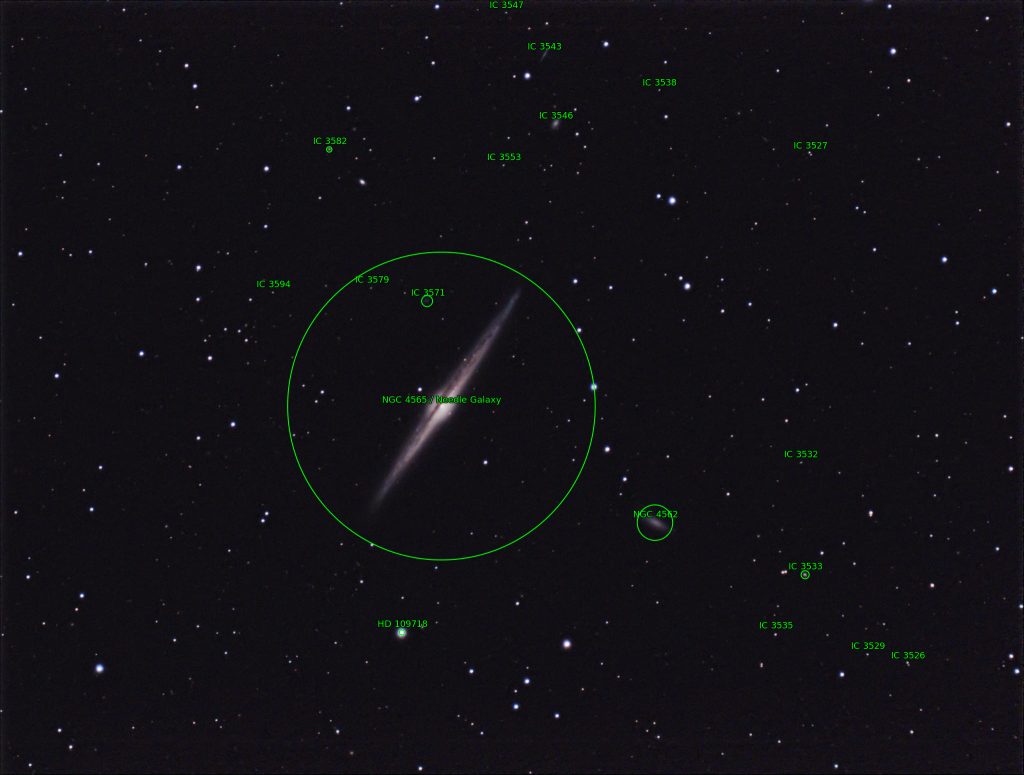
While the images were captured, the Starlink satellites which launched yesterday passed almost through the Zenith. They were still very closely grouped, and changed dramatically in brightness when the culminated almost in the Zenith. Here are some images of that pass:
Soon after reaching their highest point in the sky, they entered Earth’s shadow and became unobservable.
